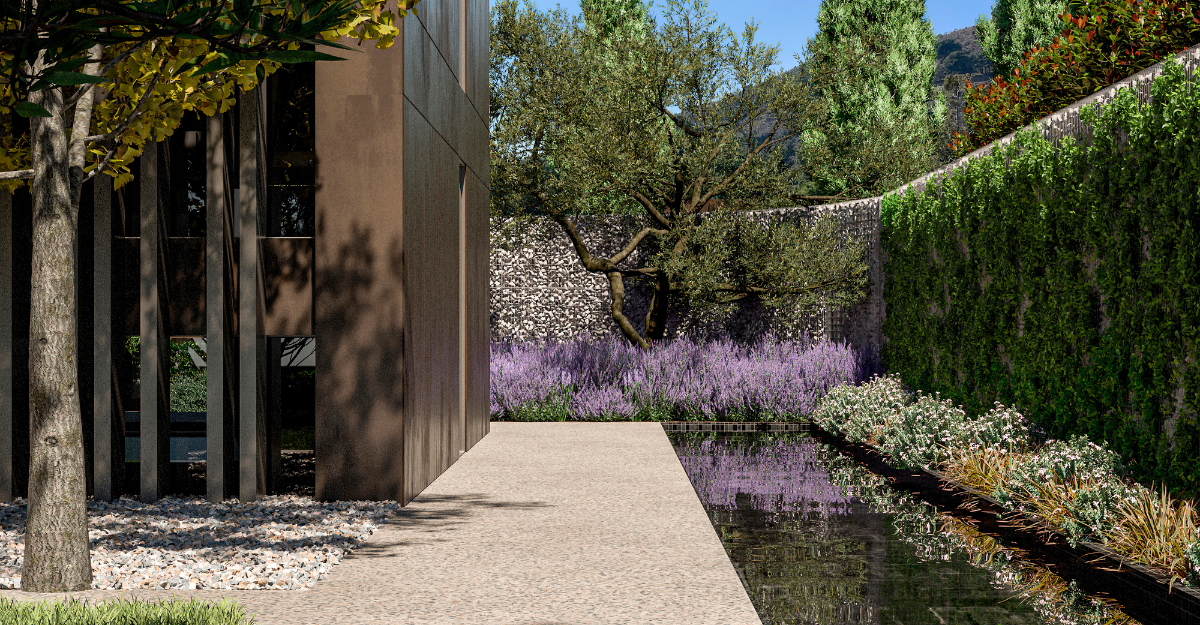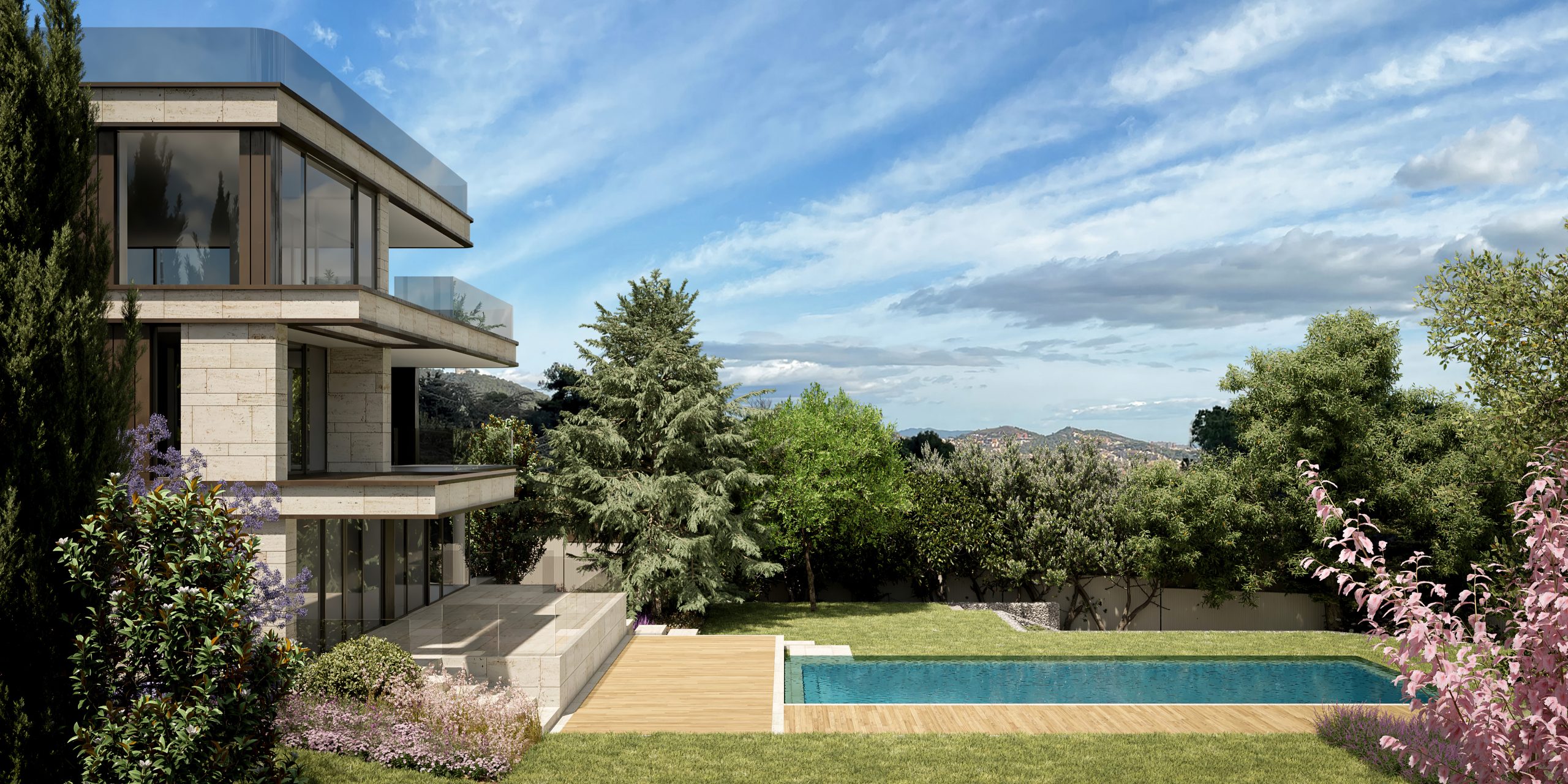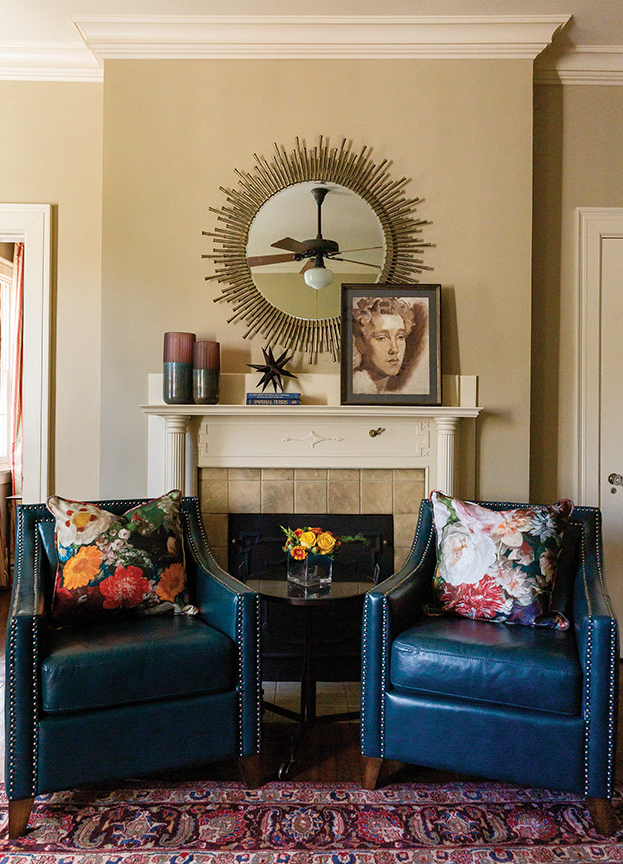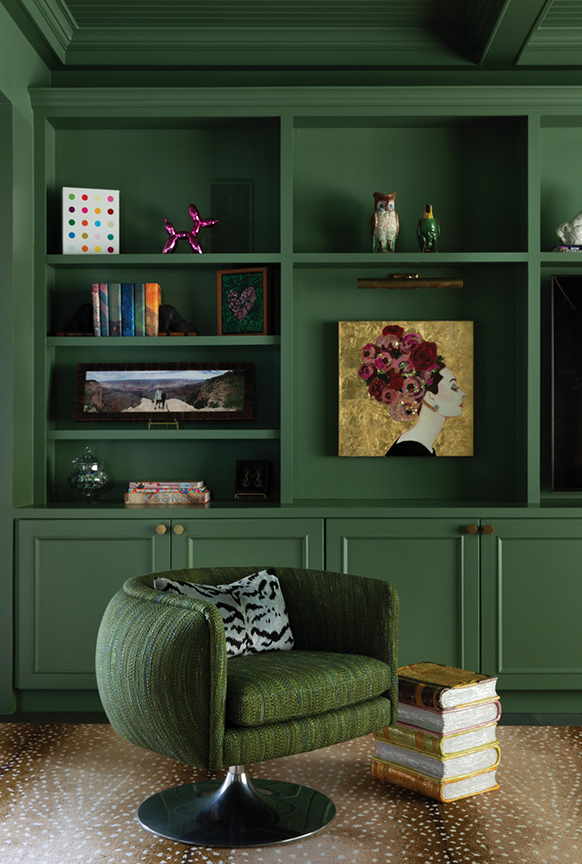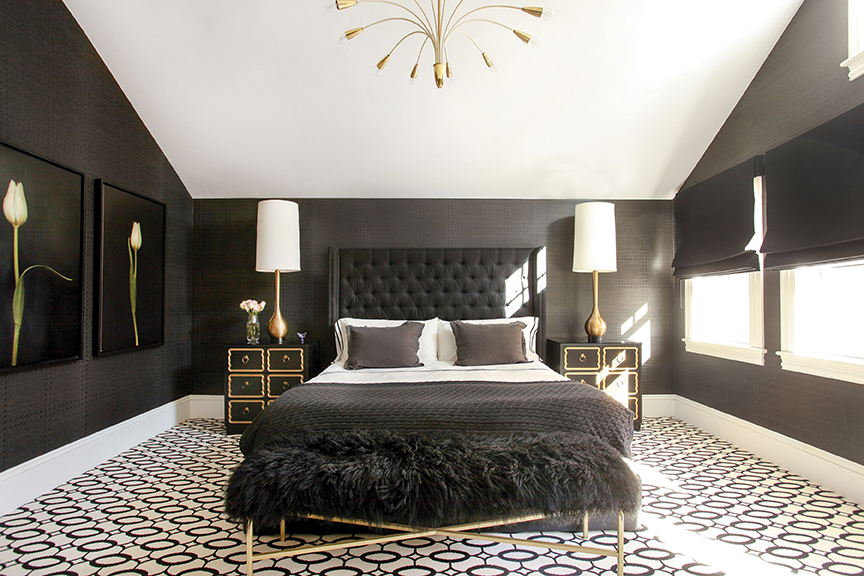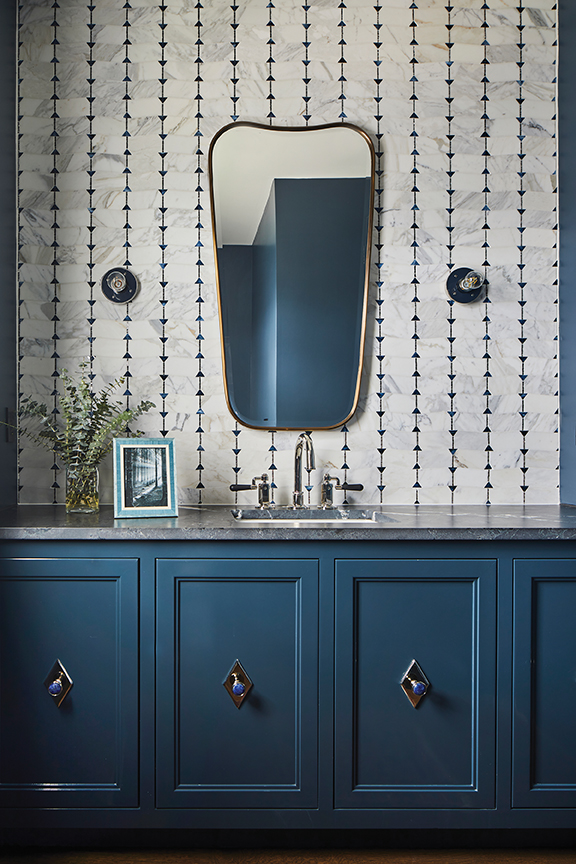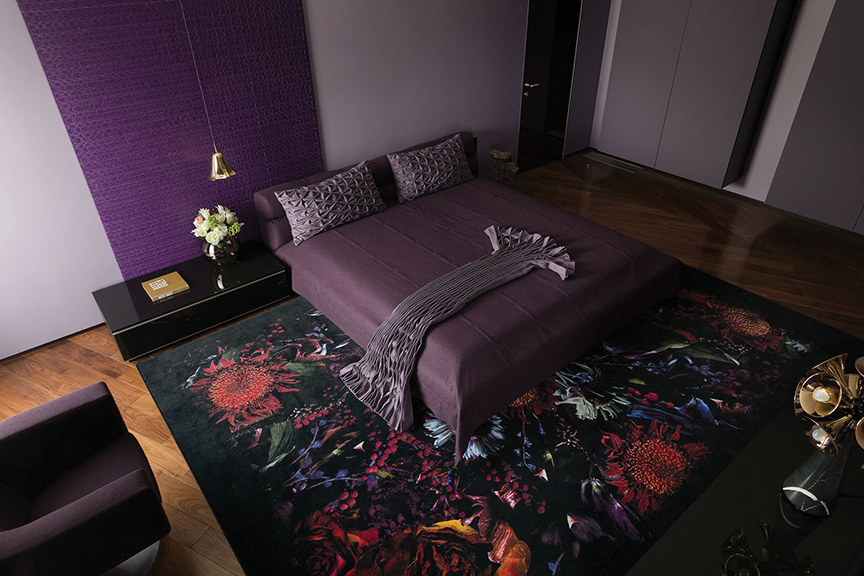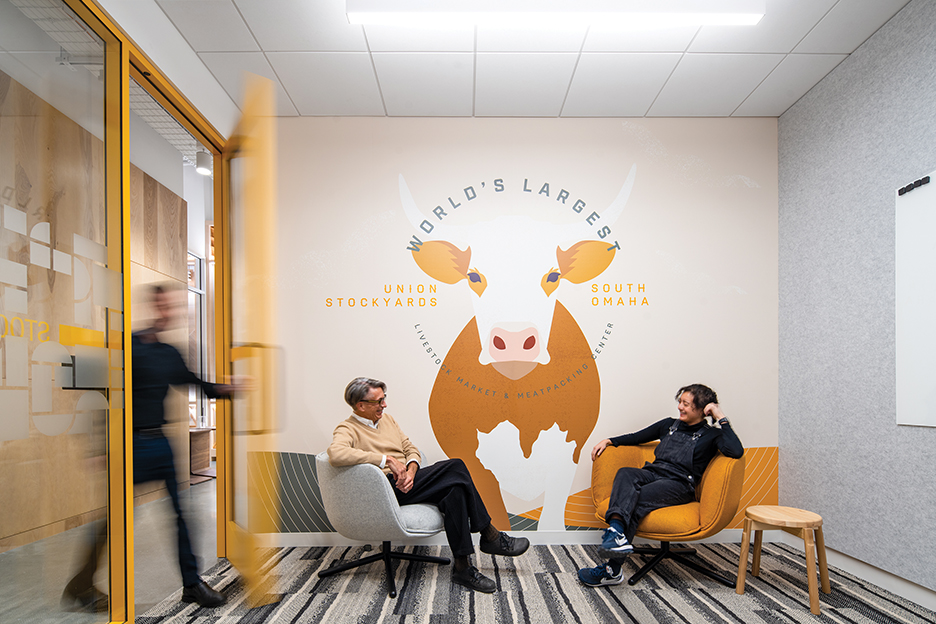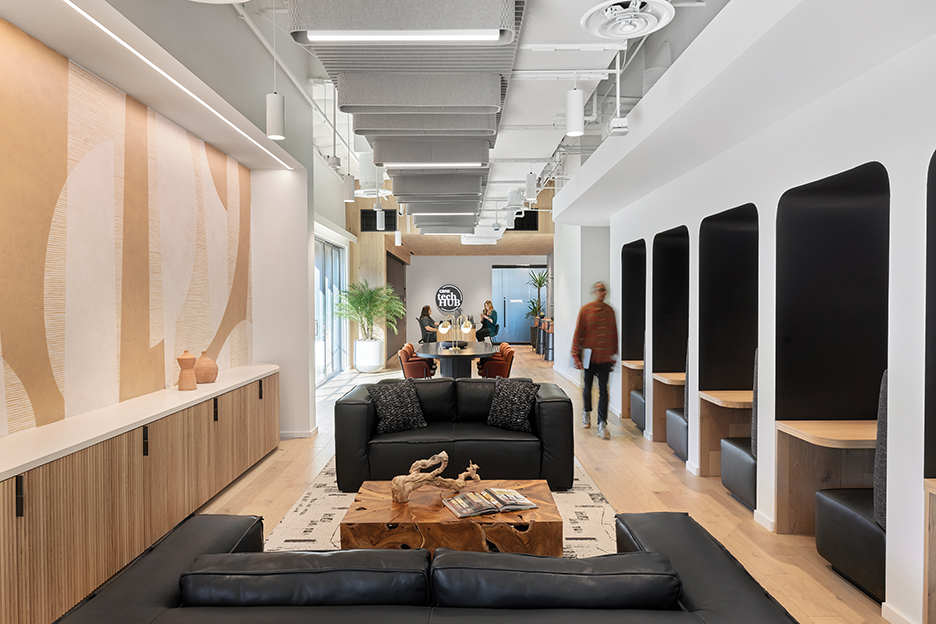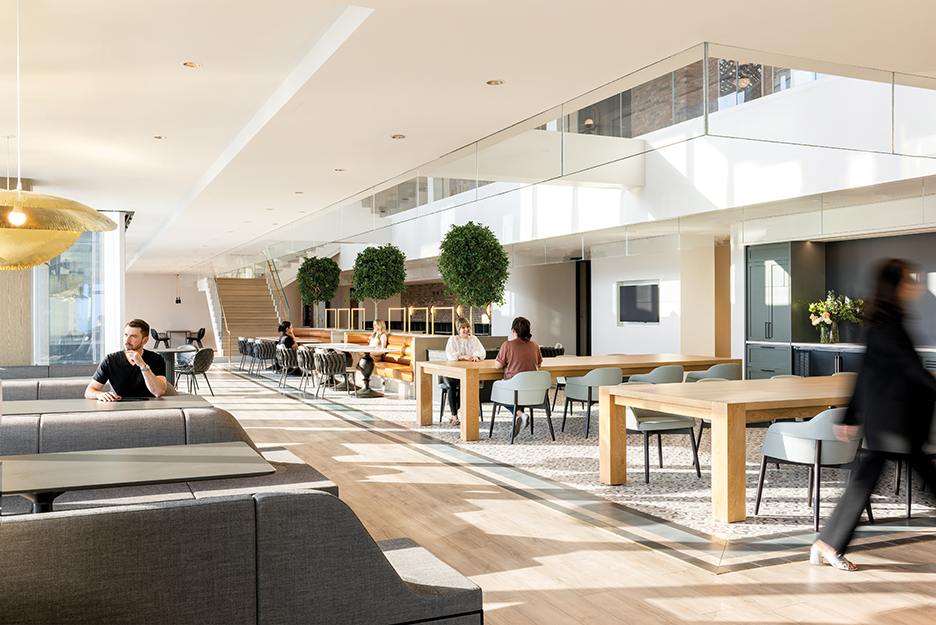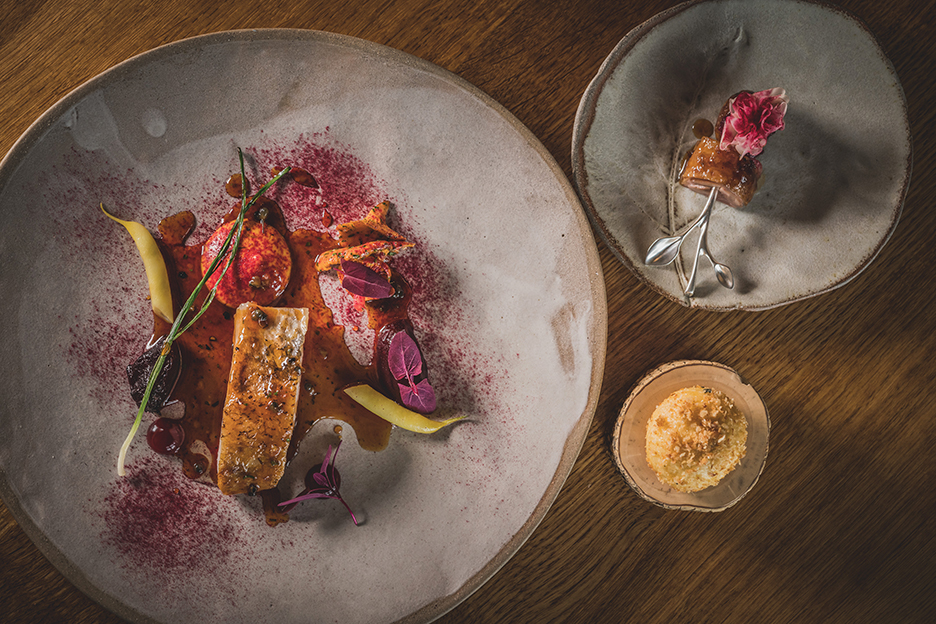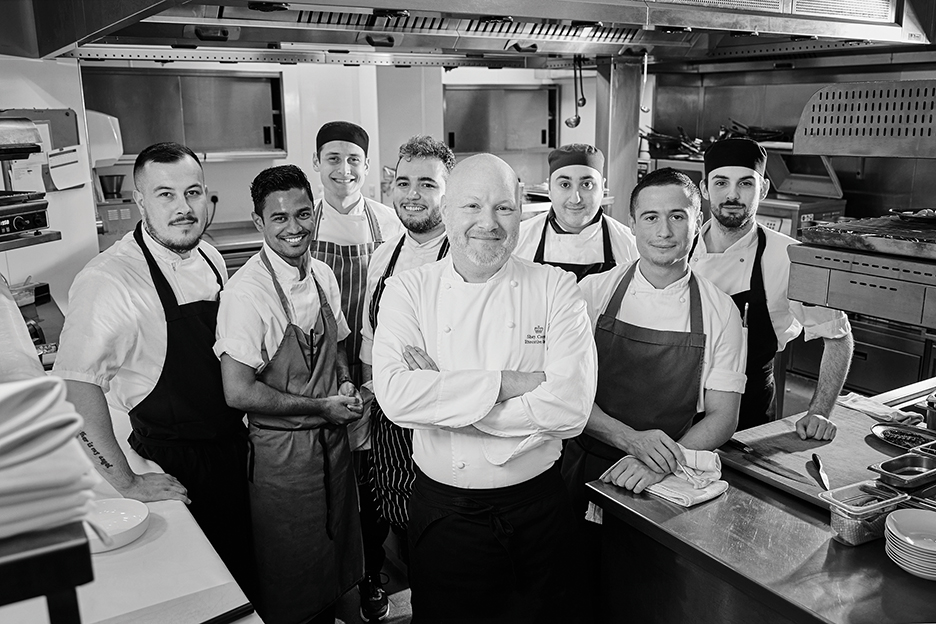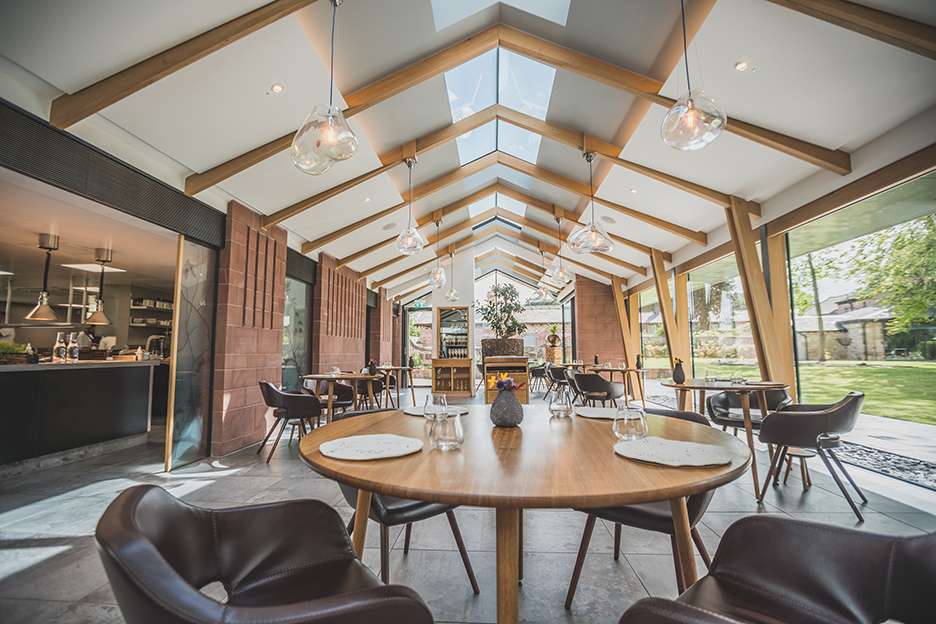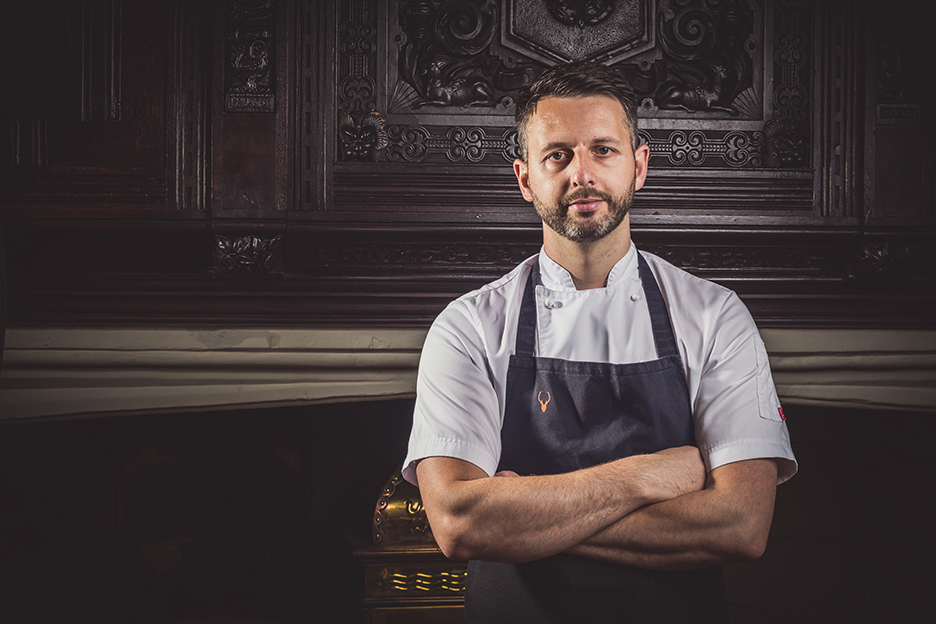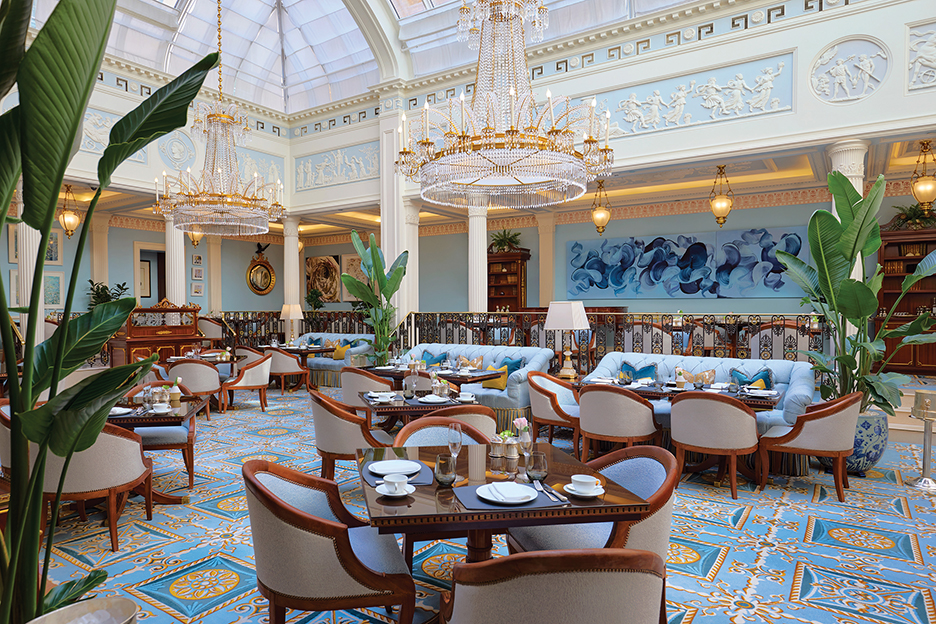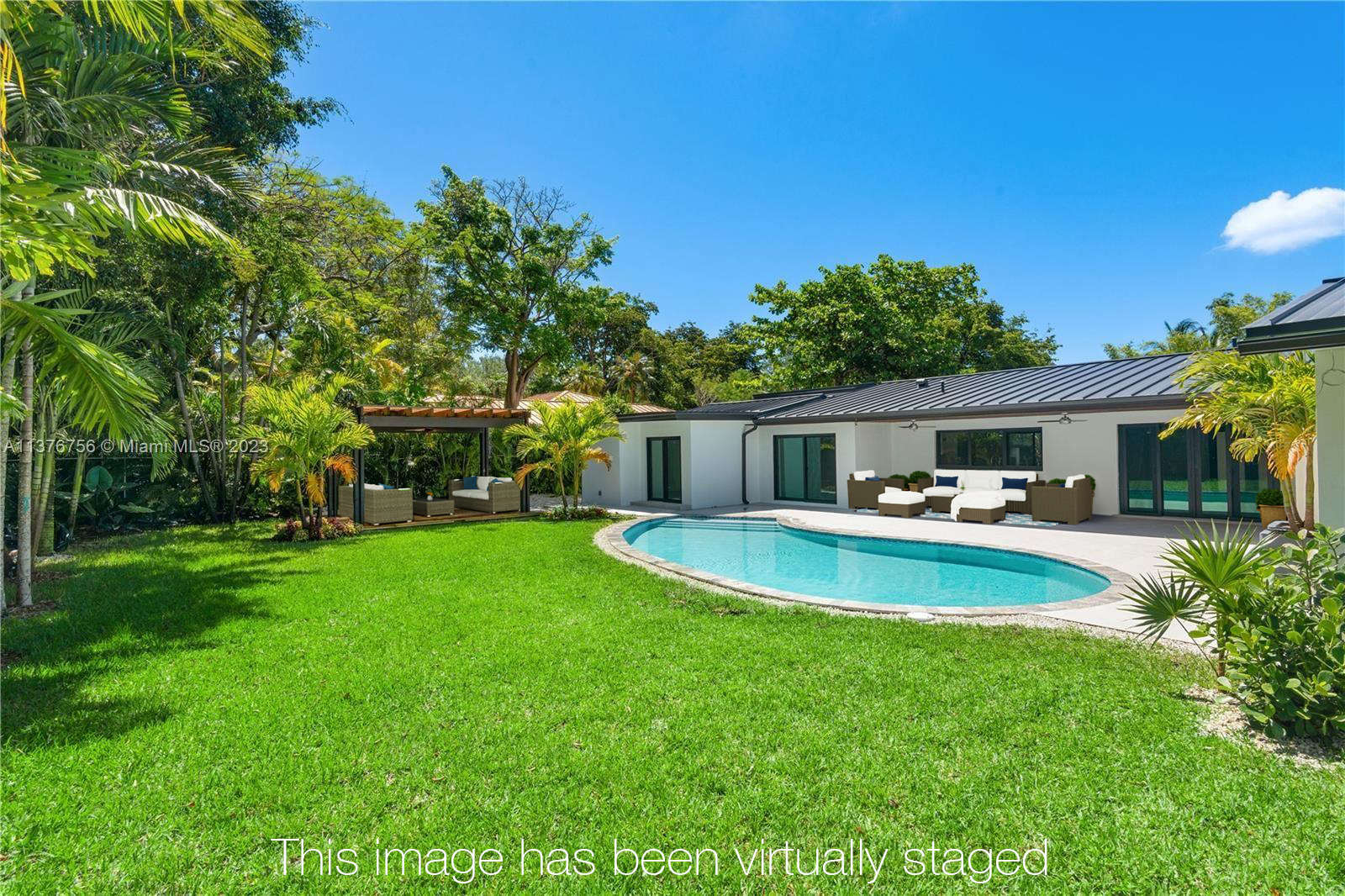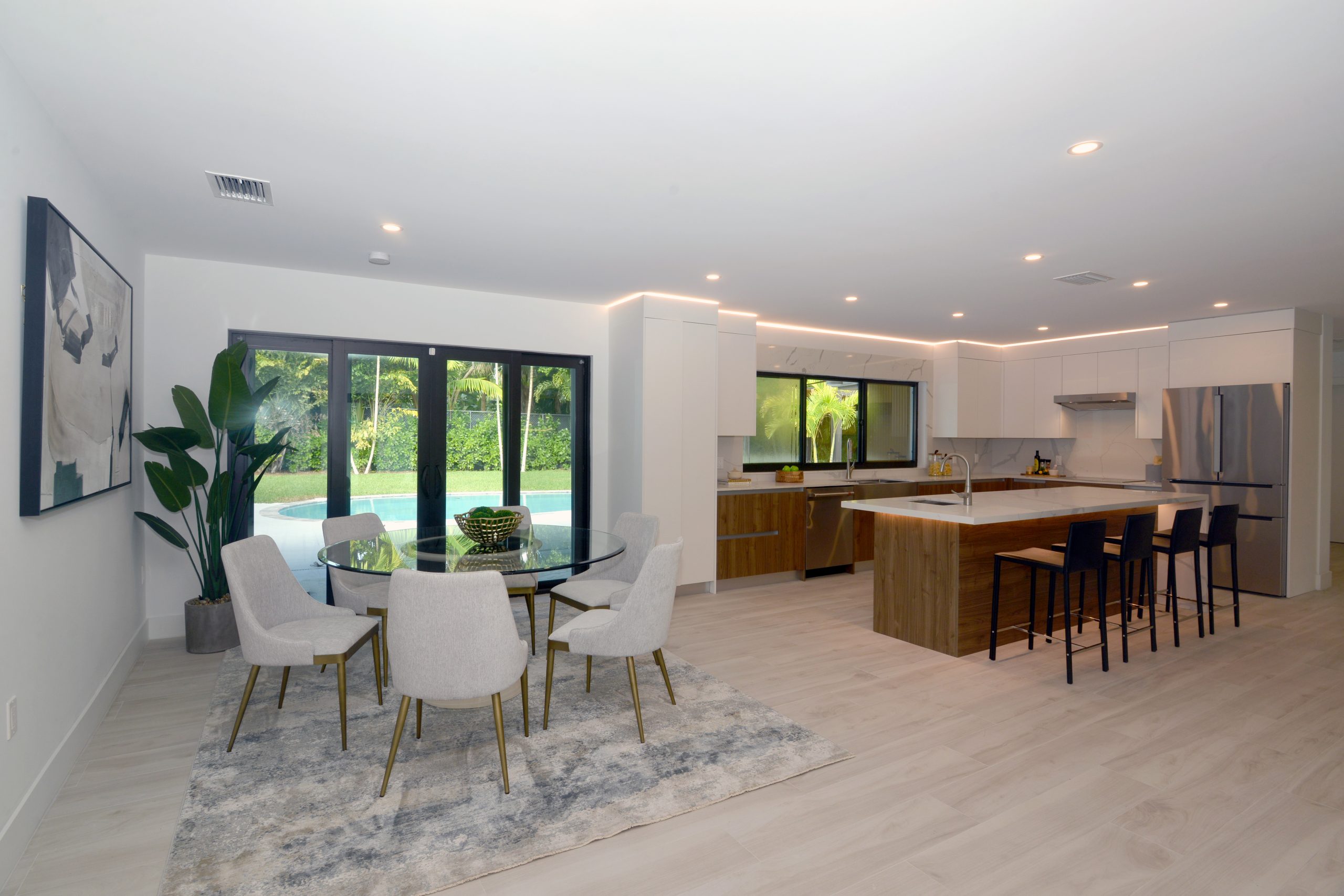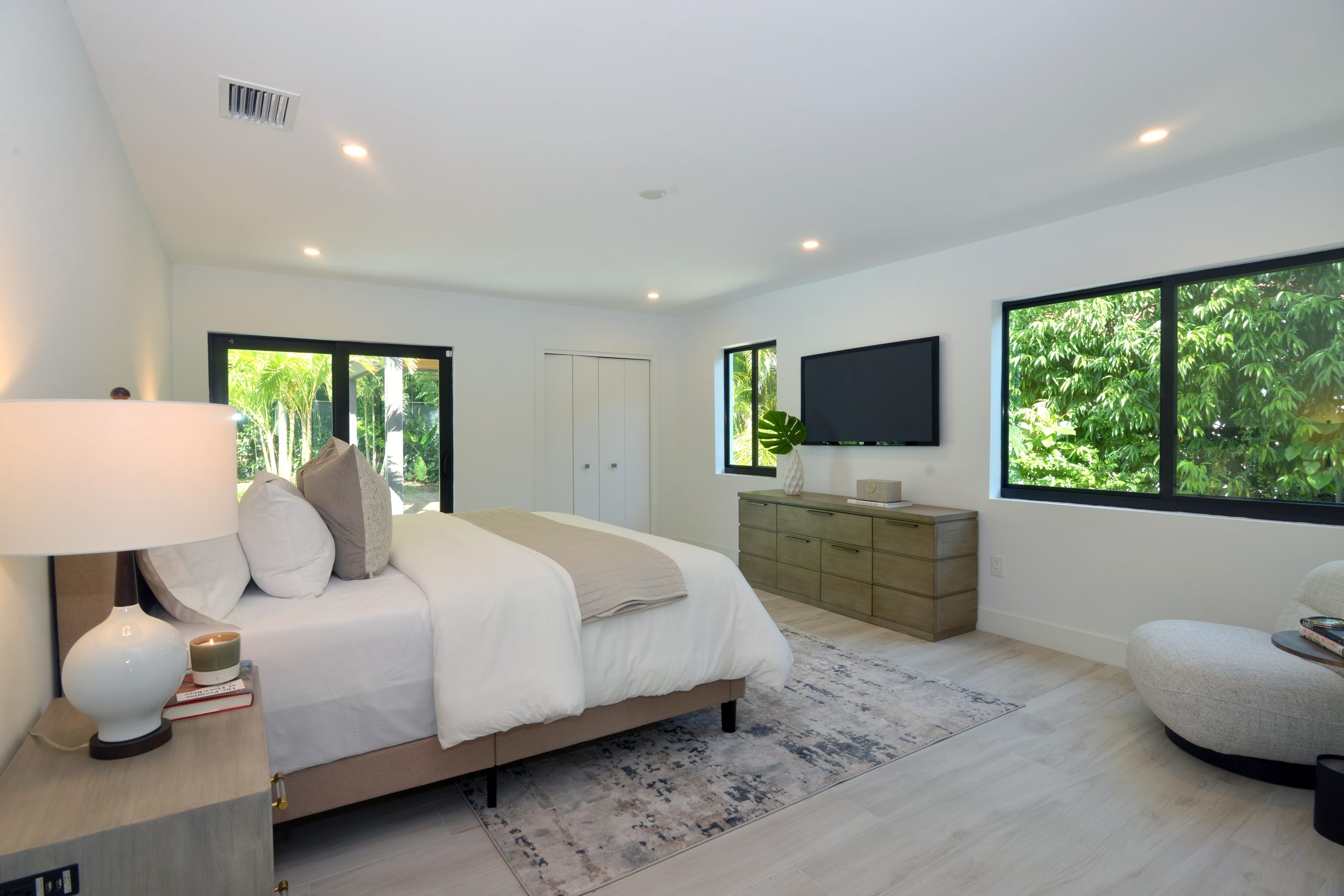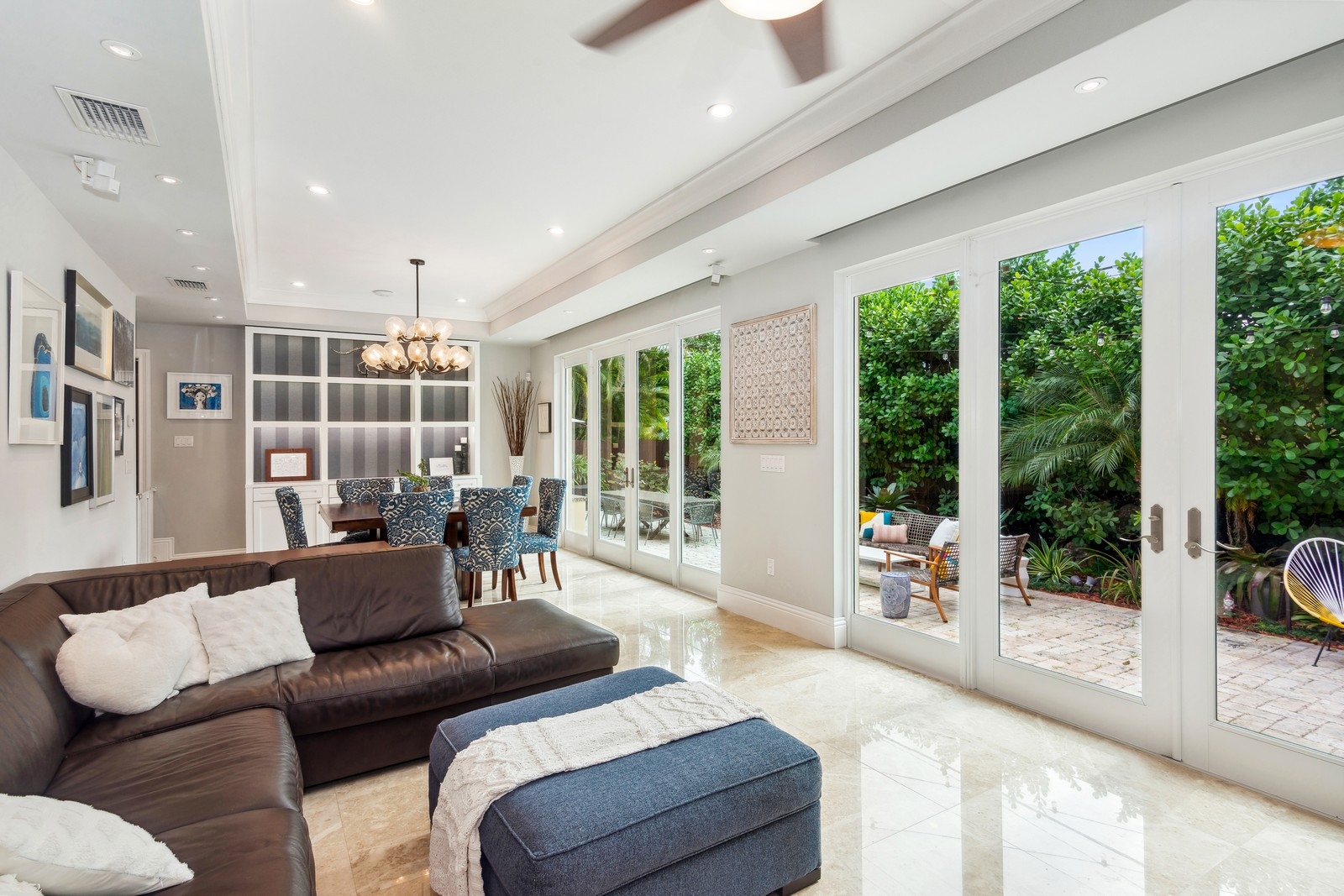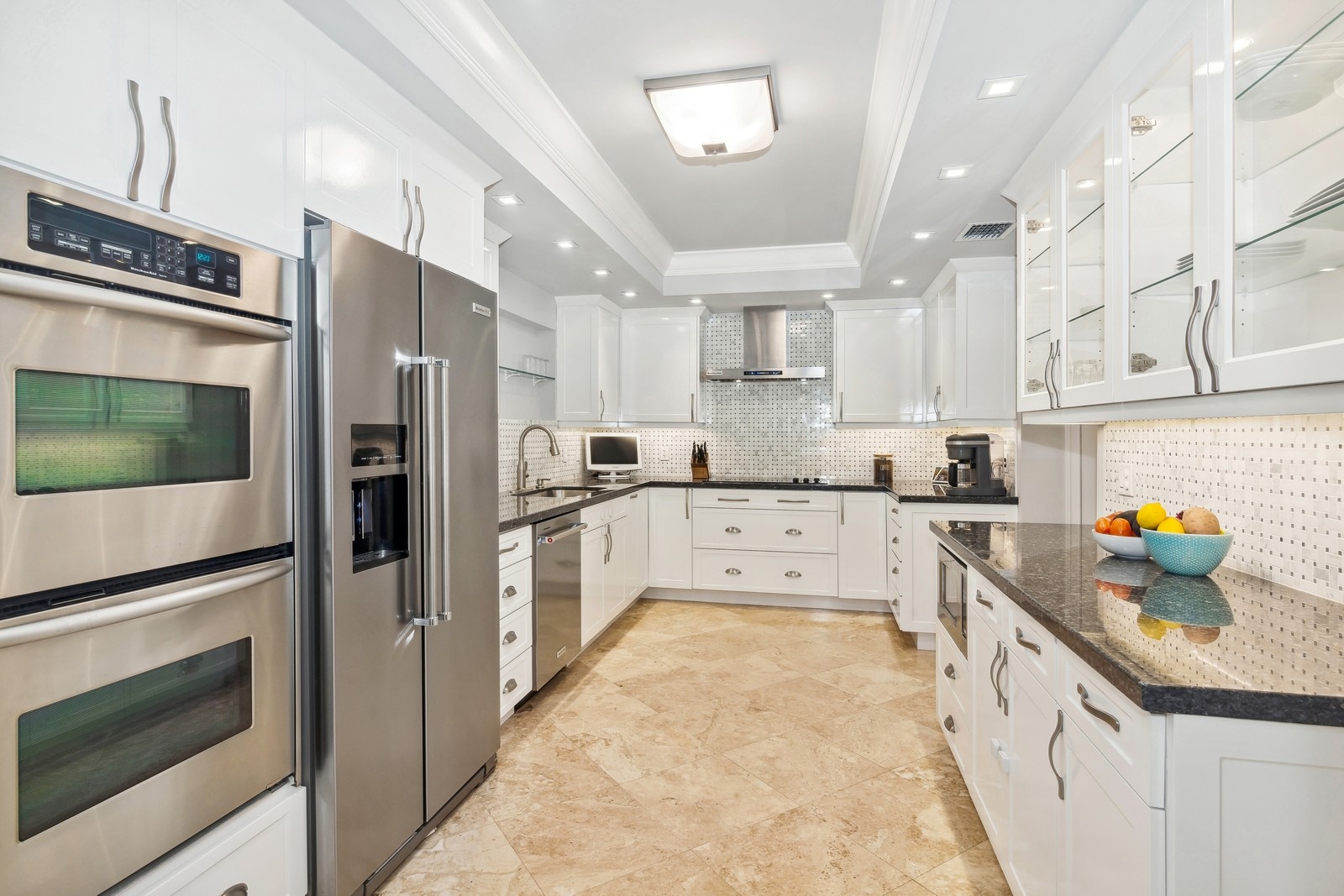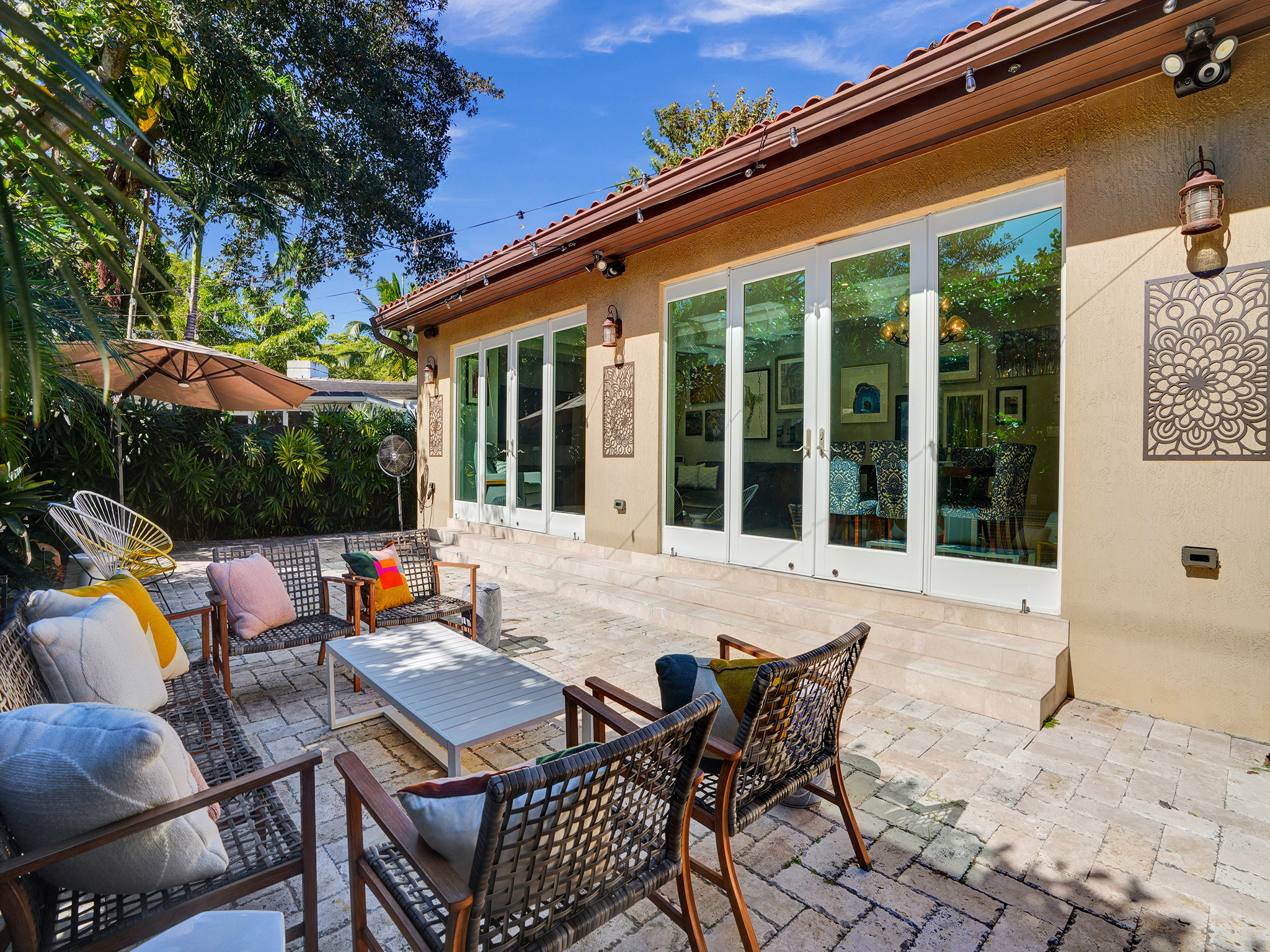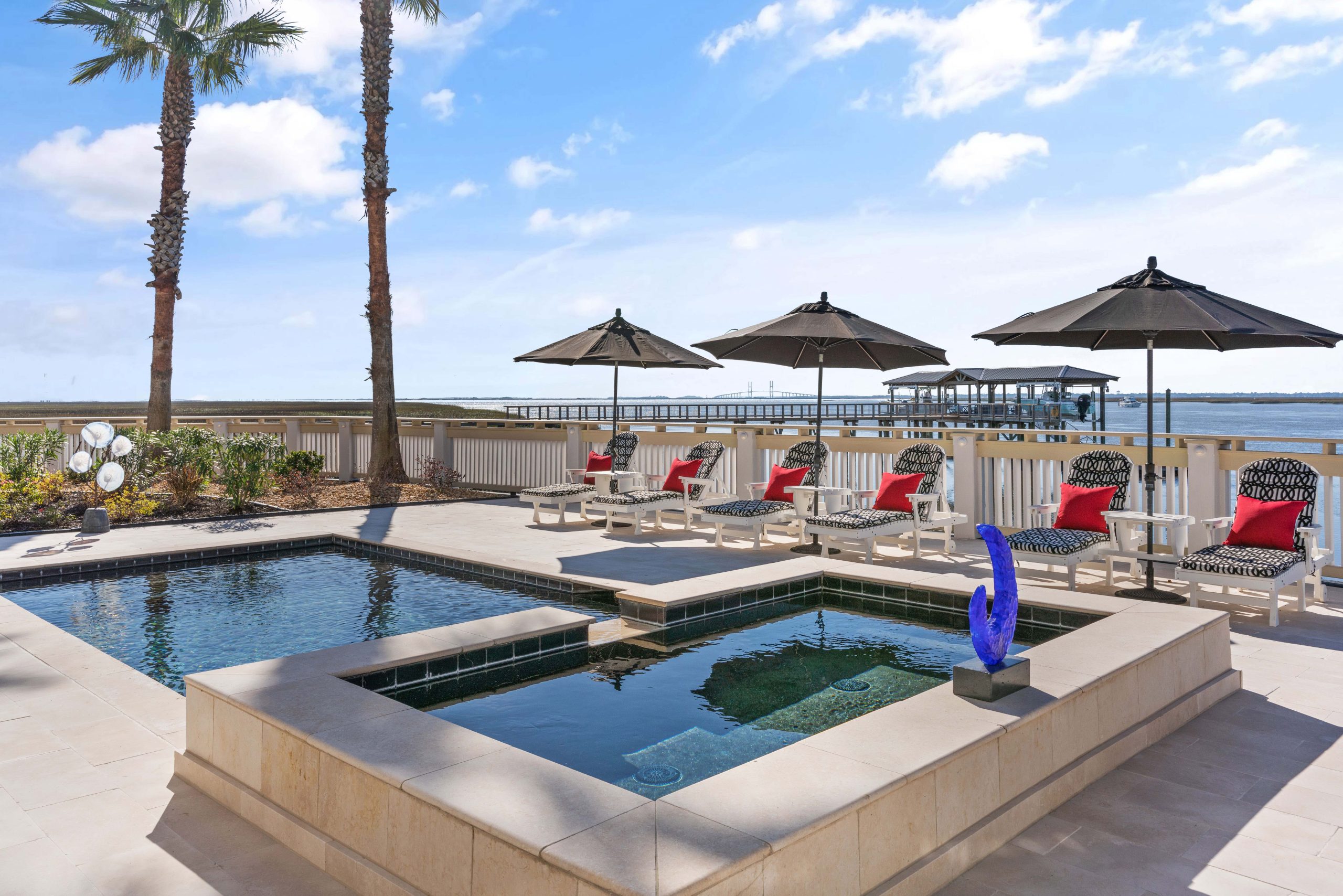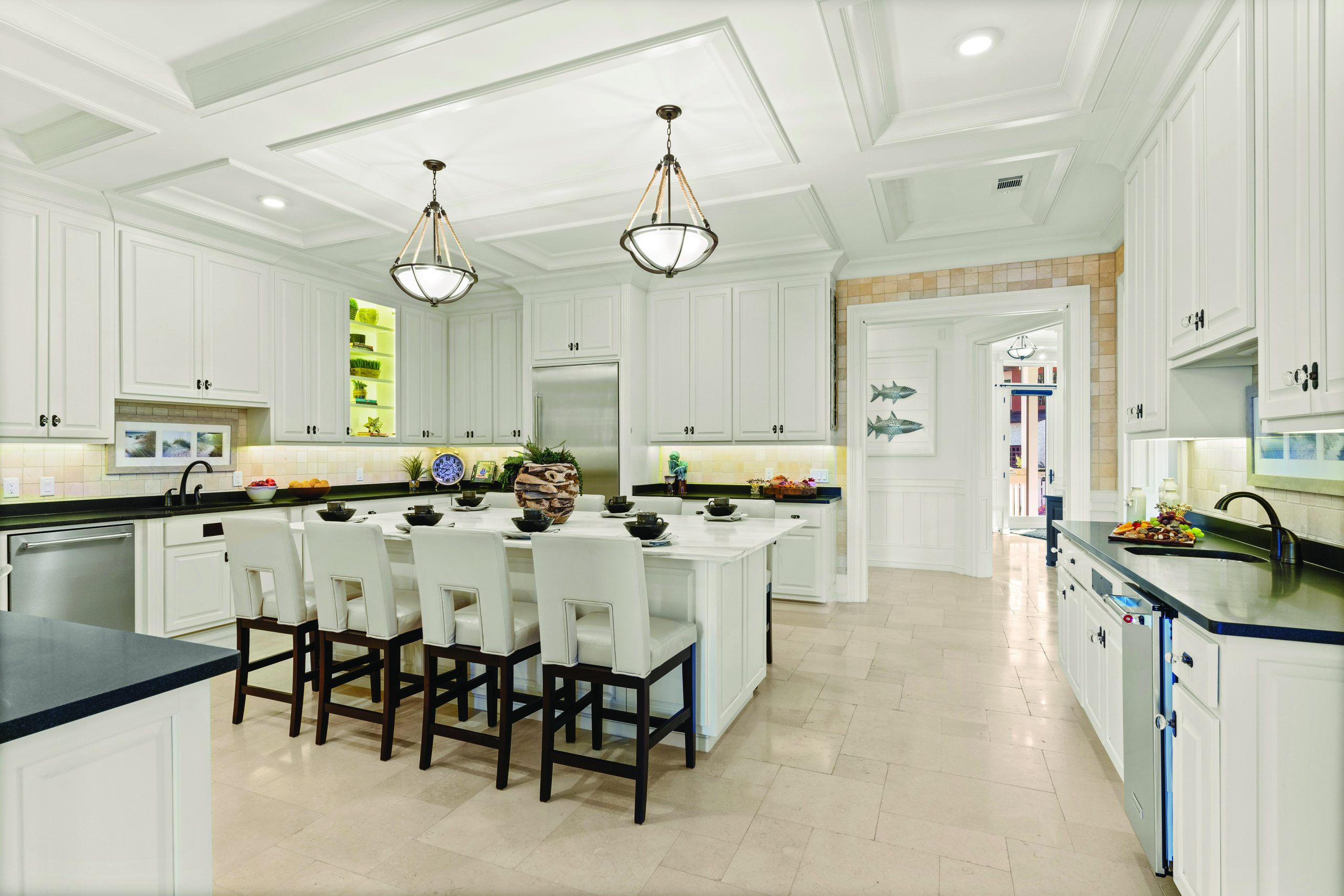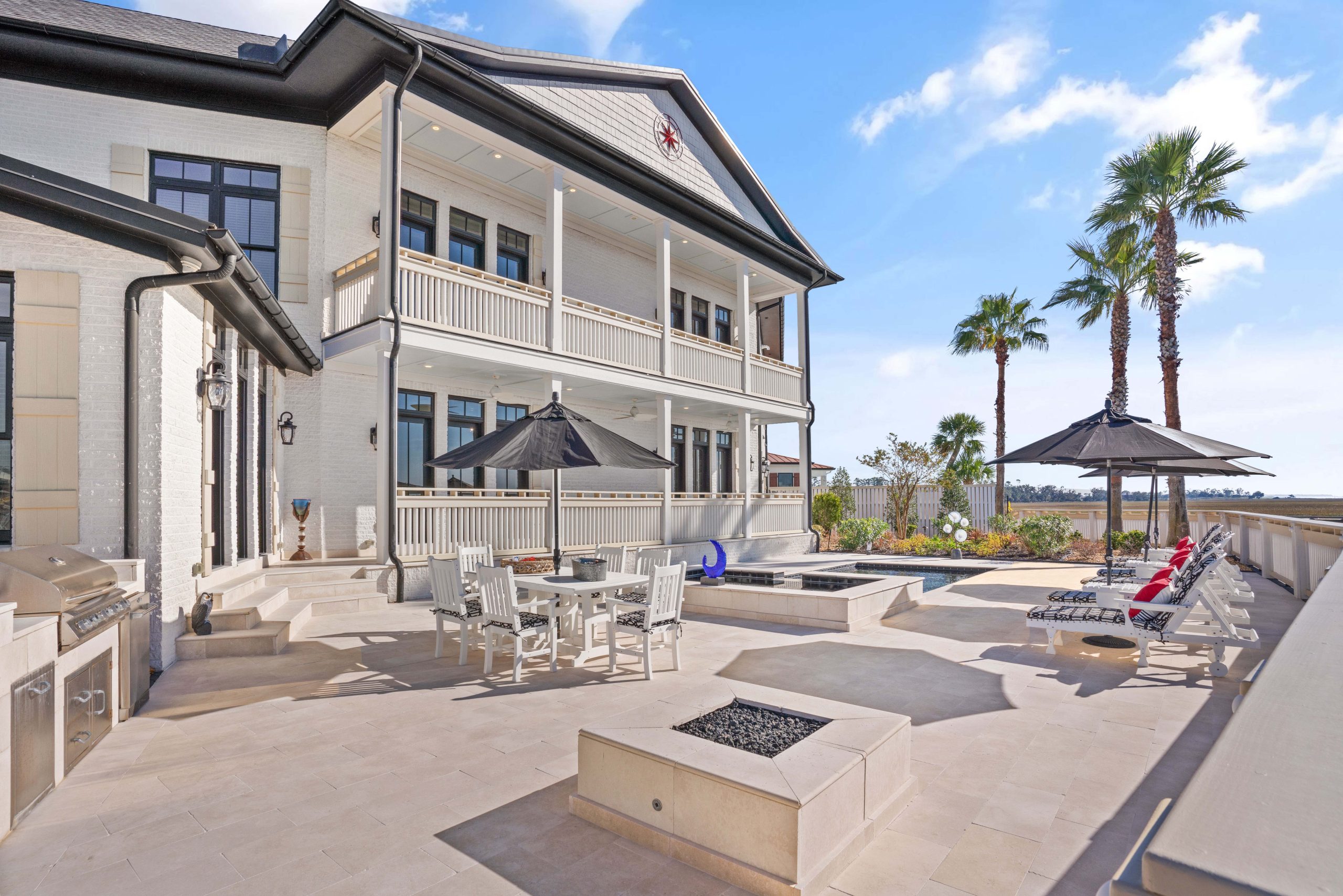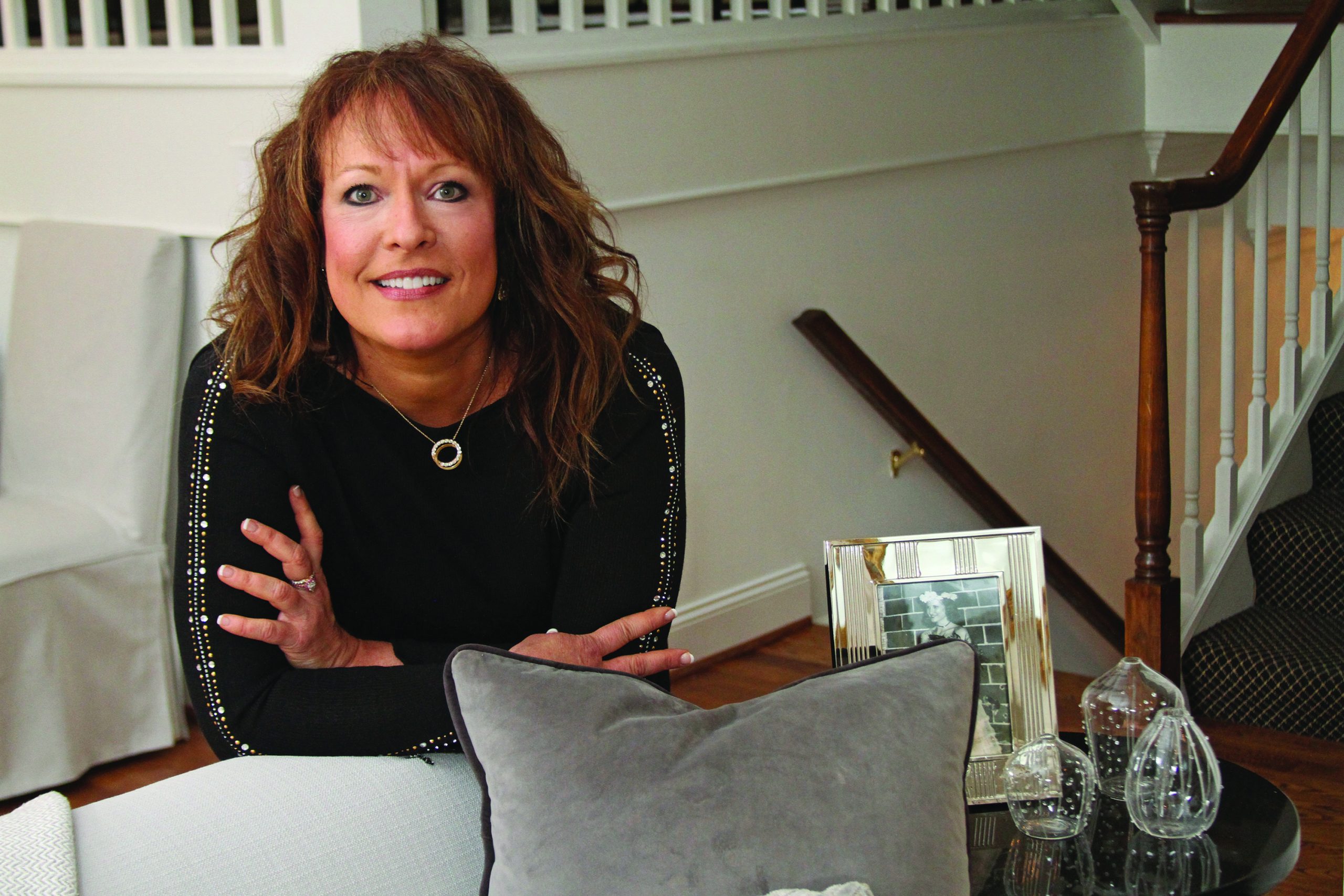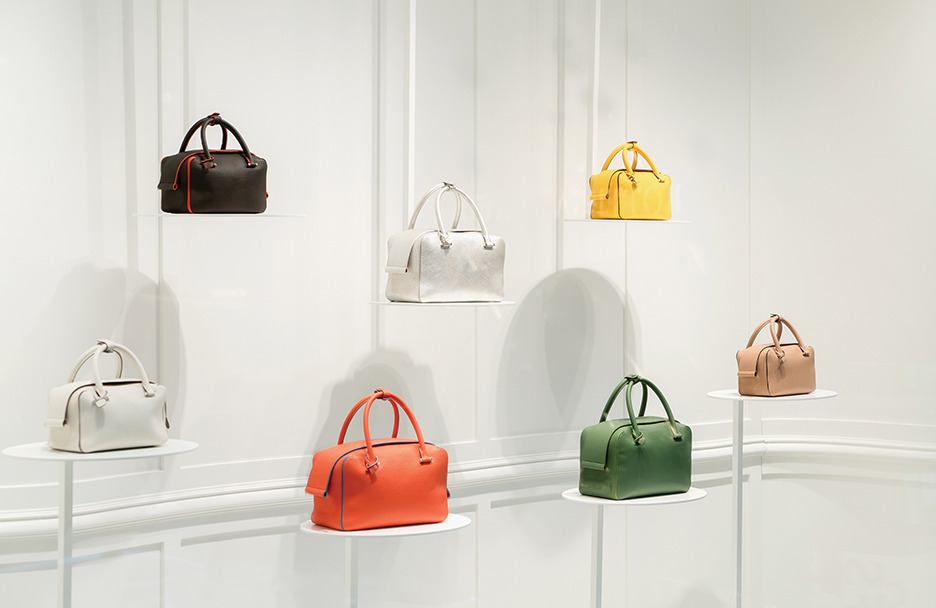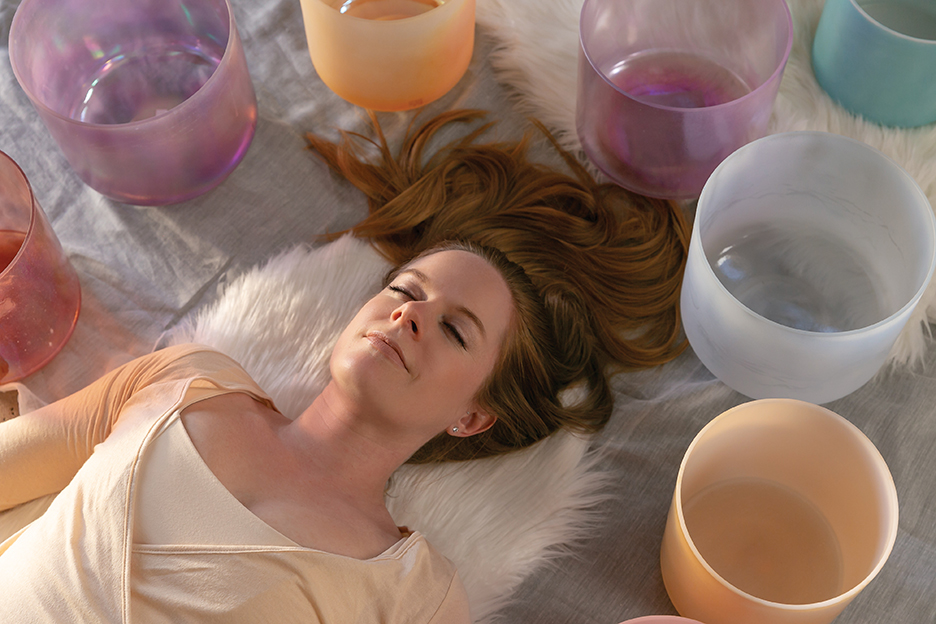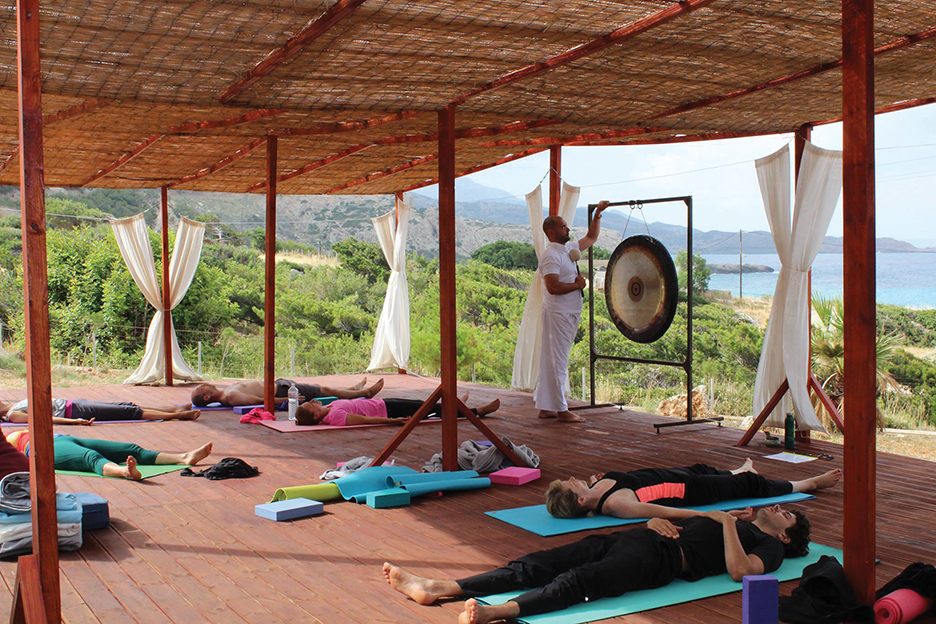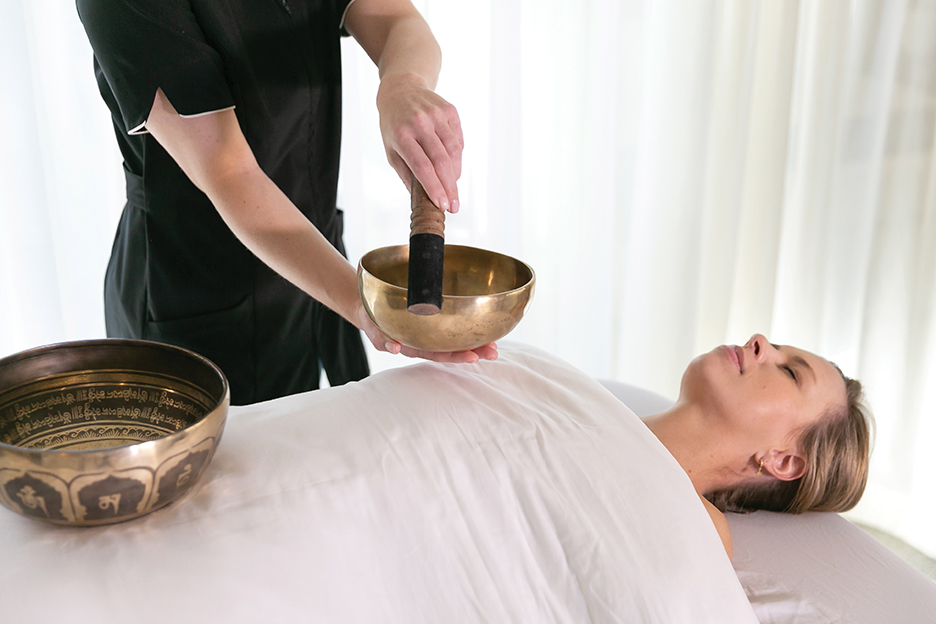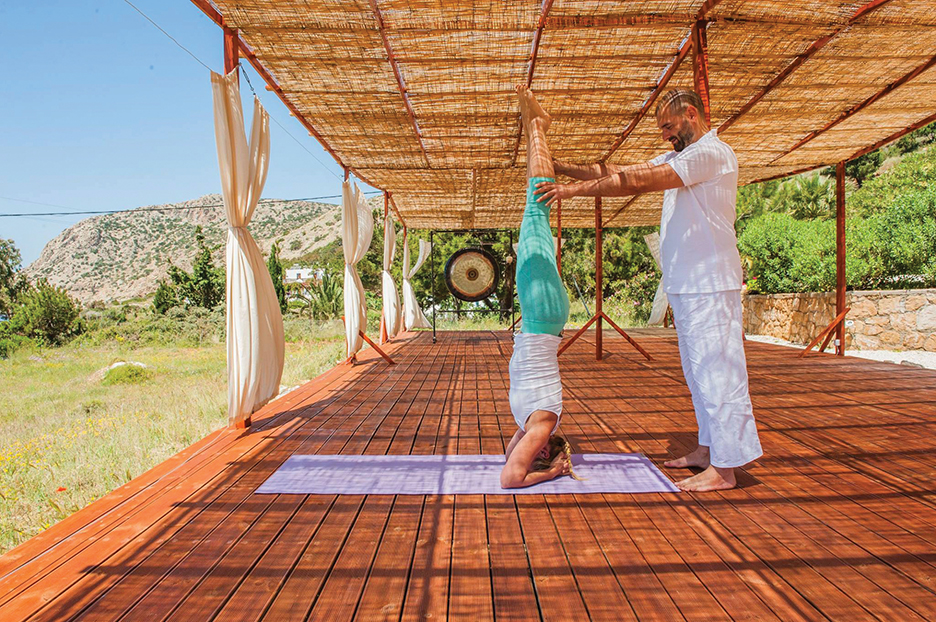Panoramic Views in Barcelona
Floor to Ceiling Windows
Nestled in the prestigious Pearson Gardens of Barcelona, a new era of luxury living is quietly unfolding. Three new villas, Villa Grande, Villa Alta, and Villa Botanica, have been crafted by the acclaimed Madrid-based design firm, A-Cero. Each property presents a unique narrative of high-end living that the luxury realm is buzzing about.
In the upscale and verdant enclave of Pedralbes, Villa Grande, Villa Alta, and Villa Botanica command panoramic views of Barcelona’s skyline and the Mediterranean Sea. Stepping inside, residents are greeted by exquisite design and craftsmanship, from soaring ceilings to floor-to-ceiling windows that flood the interiors with natural light.
Our Favorite: Villa Grande
This property stands as a testament to grandeur, boasting expansive living spaces and sprawling gardens. The Sky Garden is a summer daydream for family living and entertaining and the architecture borders on sculptural.
Villa Alta can be found perched atop Barcelona’s natural landmarks. It was designed for sophisticated hosting, with skyline living spaces seamlessly blending with lush rooftop gardens and a there’s a 67-meter swimming pool. Villa Botanica, with its moon-shaped garden and private pool, also provides a serene retreat amidst Barcelona’s bustling streets.
With completion slated for June 2024, Villa Grande, Villa Alta, and Villa Botanica beckon discerning buyers to indulge in luxury living. Discover the allure of Pearson Villas and secure your place in Barcelona’s most coveted address today.
Why Barcelona?
This famed city presents a blend of historical charm and contemporary allure, making it a prime destination for high-end luxury living.
The Mediterranean climate provides year-round sunshine, ideal for outdoor pursuits and leisurely lounging. The city boasts a vibrant cultural scene, with world-class art, architecture, and gastronomy at every turn. From Michelin-starred restaurants to designer boutiques along the iconic Passeig de Gràcia, Barcelona caters to refined tastes.
A prestigious neighborhood such as Pedralbes feels utterly exclusive due to its stunning views and the quiet but convenient lifestyle just outside the bustling city.


